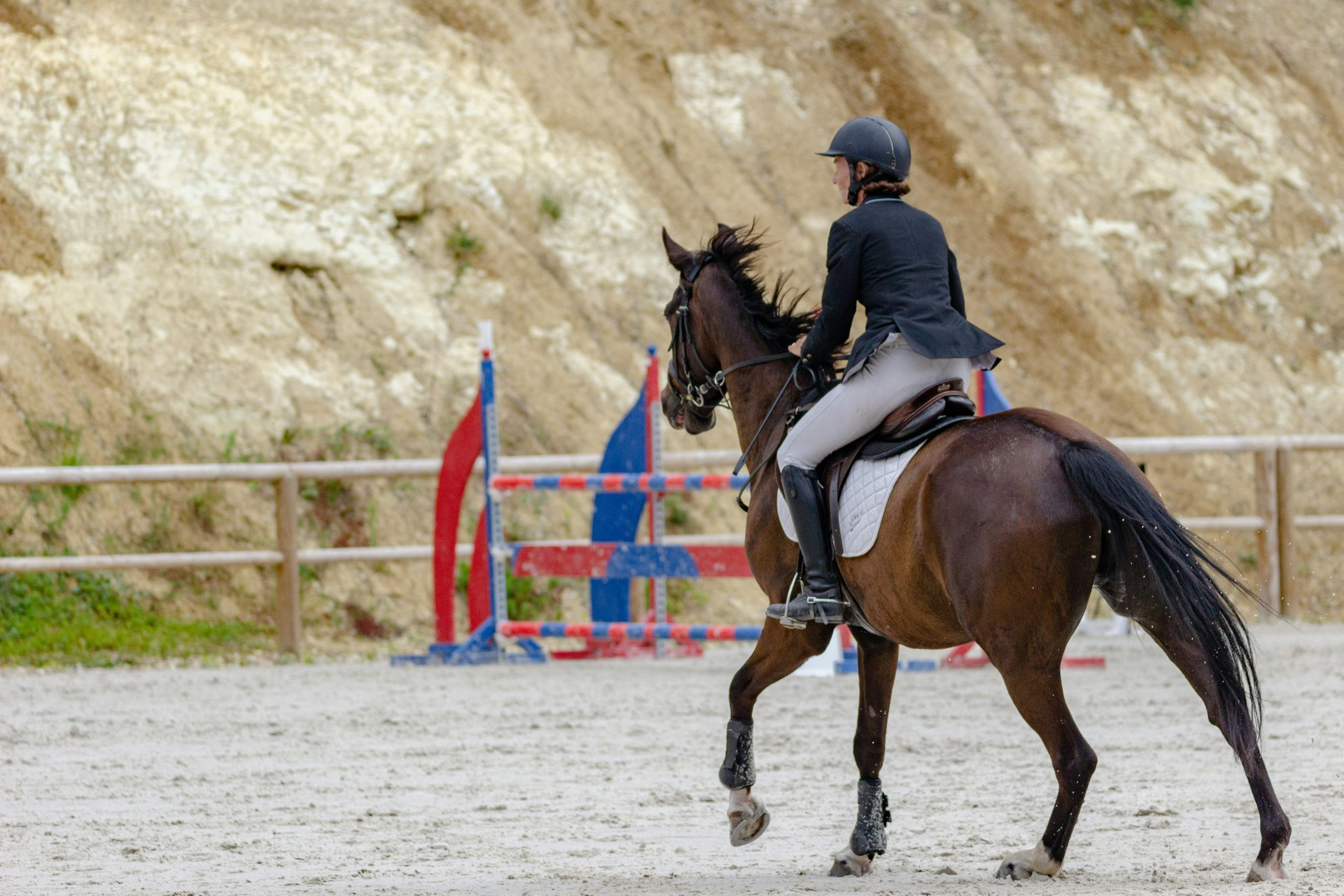Power Suits Through the Decades: From Shoulder Pads to Gender Fluidity
The power suit has been a staple in the world of fashion for decades. From the bold shoulder pads of the 1980s to the more recent embrace of gender fluidity, the power suit has undergone many transformations and remains a symbol of strength and empowerment. As society and fashion have evolved, so too has the power suit, adapting to fit the changing times and challenging traditional norms. Let’s take a journey through the decades and explore the evolution of power suits, from the iconic shoulder pads to the rise of gender fluidity.
The Rise of the Power Suit
The concept of the power suit can be traced back to the early 20th century, when women began entering the workforce in larger numbers. Adopting more masculine styles of dress was a way for women to assert their authority in male-dominated spaces. However, it wasn’t until the 1980s that the power suit truly became a fashion phenomenon.
The 1980s: Bold Shoulder Pads and Power Dressing
The 1980s were all about excess and making a statement. The power suit of this decade was characterized by its oversized and exaggerated shoulder pads, which gave the wearer a powerful, almost superhero-like silhouette. This style of power dressing was popularized by female executives and celebrities, such as Joan Collins in the hit TV show “Dynasty.” The power suit became a symbol of confidence and success, and it was no longer just reserved for men.
The 1990s: A Shift Towards Minimalism
The 1990s marked a shift in fashion, with a move towards more minimalistic and relaxed styles. Power dressing was no longer about bold shoulder pads and structured suits. Instead, it was about clean lines and sharp tailoring. In this decade, the power suit evolved into a more streamlined and unfussy look, with slimmer, more fitted silhouettes. This change in style reflected the cultural shift towards a more egalitarian society, where women were no longer trying to emulate men in the workplace.
The New Millennium: Challenging Gender Norms
As we entered the new millennium, the power suit continued to evolve as society began to embrace more fluid ideas of gender and identity. Traditional notions of masculinity and femininity were being challenged, and the power suit became a way for individuals to express themselves and break free from societal constraints.
The 2000s: Women’s Empowerment Through Menswear
In the early 2000s, we saw a resurgence of the power suit, this time with a strong emphasis on women’s empowerment. Inspired by fashion icons like Diane Keaton and Annie Hall, women began incorporating menswear-inspired elements into their power suits, such as oversized blazers and trousers. This style reflected a sense of confidence and equality, as women no longer felt the need to conform to traditional feminine styles.
The 2010s: The Rise of Gender Fluid Fashion
As we entered the 2010s, the lines between gender and fashion became even more blurred. The power suit was no longer seen as a symbol of authority and success, but rather a form of self-expression. The rise of gender fluid fashion meant that men and women alike could experiment with different styles and silhouettes, without the limitations of traditional gender norms. The power suit embraced this shift, with designers creating more gender-neutral and unisex styles, such as tailored jumpsuits and deconstructed blazers.
The Future of the Power Suit
The power suit has come a long way since its inception and will undoubtedly continue to evolve in the years to come. With the fashion industry becoming more inclusive and diverse, we can expect to see a more inclusive approach to power dressing. This means a greater variety of styles, cuts, and sizes, catering to individuals of all genders and body types.
In conclusion, the power suit has gone through many transformations throughout the decades, reflecting the ever-changing social and cultural landscape of the world. From its bold shoulder pads and power dressing days to the rise of gender fluid fashion, the power suit has remained a symbol of strength and empowerment. As society continues to evolve, so too will the power suit, adapting to empower individuals of all genders and identities.











